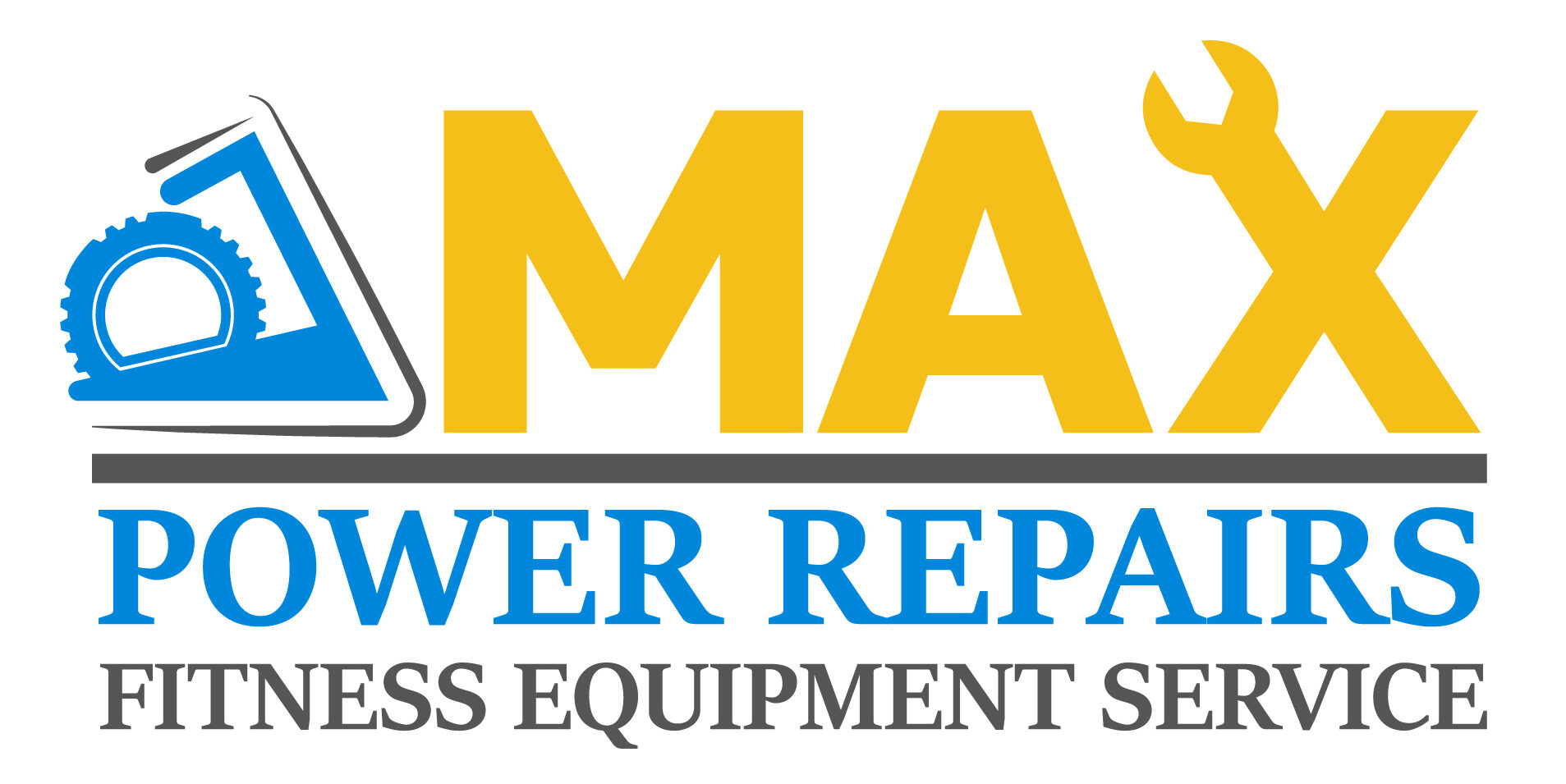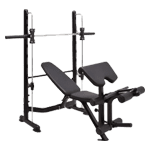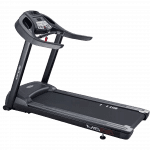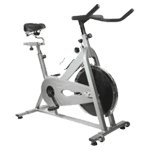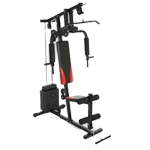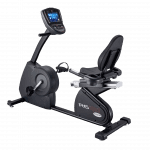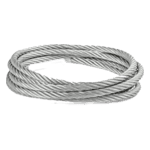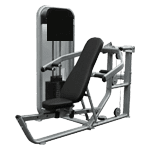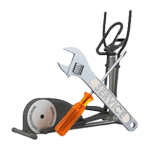Welcome to your ultimate guide on what exercise to burn fat. Burning fat is not just about losing weight; it’s about improving your overall health and fitness. Engaging in effective workouts is essential in any fat loss journey. Whether you’re just starting out or you’re a seasoned fitness enthusiast, understanding the right exercises that target fat burn can make all the difference in your fitness routine.
At MaxPowerRepairs.com, we’re passionate about supporting your health and fitness goals. That’s why we not only service commercial and professional gym equipment to ensure they’re in top condition, but we also provide insights into the most effective workouts for fat burning. Remember, a well-maintained machine is pivotal to a successful workout regime. Should you experience any issues with your gym equipment or if you’re seeking professional maintenance services, do not hesitate to contact us at: info@MaxPowerRepairs.com.
Understanding the Science of Fat Loss
Embarking on a fat loss journey begins with a fundamental understanding of how your body burns fat. The process of fat loss occurs when your body breaks down stored fat into energy, a metabolic occurrence known as lipolysis. The key to unlocking this process is to create a caloric deficit where you expend more calories than you consume. This can be achieved through a combination of diet, cardiovascular exercises, and strength training.
Cardiovascular workouts raise your heart rate, leading to increased calorie burn, while strength training is essential for building muscle, which in turn boosts your resting metabolic rate. It’s the synergy between these types of exercises that contributes to effective fat loss. Moreover, hormones such as adrenaline and noradrenaline play a significant role in the process, being released during exercise to accelerate fat breakdown.
It’s important to note that while fat loss is a science, it is also deeply personal. Factors like genetics, hormone levels, and lifestyle habits all influence how your body stores and burns fat. Therefore, finding the right balance and types of exercise suited to your body is crucial for optimal results.
High-Intensity Interval Training (HIIT) for Maximum Burn
High-Intensity Interval Training (HIIT) has revolutionized the fitness world with its effectiveness in burning fat. By alternating short bursts of intense exercise with periods of rest or low-intensity activity, HIIT maximizes calorie burn within a shorter duration compared to steady-state cardio. The afterburn effect, or excess post-exercise oxygen consumption (EPOC), means your body continues to burn calories even after the workout has ended.
Typically, a HIIT session can range from 10 to 30 minutes, and exercises can vary from sprints to bodyweight movements like burpees or high knees. The versatility of HIIT allows it to be tailored to any fitness level and incorporated into various settings, whether it’s a gym with professional equipment or a home workout space.
The effectiveness of HIIT in targeting fat is backed by numerous studies, showing that participants can achieve significant fat loss and improvements in cardiovascular health. For those wondering what exercise to burn fat, HIIT stands out as a top contender, pushing the body to burn fat for fuel during high-intensity phases and promoting a leaner physique.
Strength Training to Boost Metabolism and Burn Fat
While cardio exercises are typically associated with fat burning, strength training is equally important for those looking to enhance their metabolism and burn fat. Engaging in resistance exercises builds lean muscle mass, which in turn increases your resting metabolic rate. A higher metabolism means that your body burns more calories throughout the day, even when you’re not actively exercising.
Compound movements like squats, deadlifts, and bench presses are ideal for engaging multiple muscle groups, leading to more significant energy expenditure. Additionally, strength training can help preserve muscle mass during weight loss, ensuring that the weight being shed is predominantly fat rather than muscle.
Integrating strength training into your fitness regimen a few times a week can create a more balanced approach to fat loss. By combining this with a healthy diet, individuals can see improved body composition and a more toned appearance. For those pondering what exercise to burn fat, incorporating strength training is a strategy that goes beyond the immediate workout, offering long-term benefits and enhancing overall physical health.
Cardio Workouts: A Key Component of Fat Loss
Cardio workouts stand as a cornerstone in the quest for fat loss, offering a range of options that cater to different preferences and fitness levels. From brisk walking to high-intensity interval training (HIIT), these exercises elevate the heart rate, leading to increased calorie burn and improved cardiovascular health. For individuals questioning what exercise to burn fat, cardio should not be overlooked.
HIIT, in particular, has gained popularity for its effectiveness in fat burning within a shorter duration compared to steady-state cardio. These sessions involve alternating between high-intensity bursts of activity and periods of rest or lower intensity. This method not only burns a substantial number of calories during the workout but also stimulates the ‘afterburn effect’ or excess post-exercise oxygen consumption (EPOC), where the body continues to burn calories at an elevated rate after the workout is complete.
Low-impact cardio options like cycling or swimming are excellent for those with joint concerns or preferring a gentler approach. Regardless of the method, consistency in cardio workouts is vital for sustained fat loss. By integrating cardio into a regular exercise routine, individuals can expedite their fat loss journey while bolstering their heart health and endurance levels.
Incorporating Flexibility and Recovery in Your Routine
While focusing on exercises that burn fat is integral to a fitness routine, incorporating flexibility and recovery practices is just as crucial for overall health and performance. Flexibility exercises, such as stretching or yoga, not only help in improving range of motion but also reduce the risk of injuries and aid in muscle recovery. By ensuring muscles are well-stretched, individuals can prevent tightness and imbalances that could hinder their workout performance.
Recovery, on the other hand, is the often underappreciated hero of fitness regimes. Adequate rest days, quality sleep, and proper nutrition are fundamental to allow the body to repair and strengthen itself after vigorous fat-burning workouts. Active recovery, involving gentle movement and low-intensity exercise, can also be beneficial in flushing out lactic acid and reducing muscle soreness.
For fitness enthusiasts and professionals alike, maintaining equipment in top condition is paramount to ensuring the effectiveness of a workout and the safety of its participants. At MaxPowerRepairs, we understand the importance of this, and our services ensure that your gym equipment is always in prime condition. Should you need assistance with maintenance or repair, contact us at: info@MaxPowerRepairs.com.
